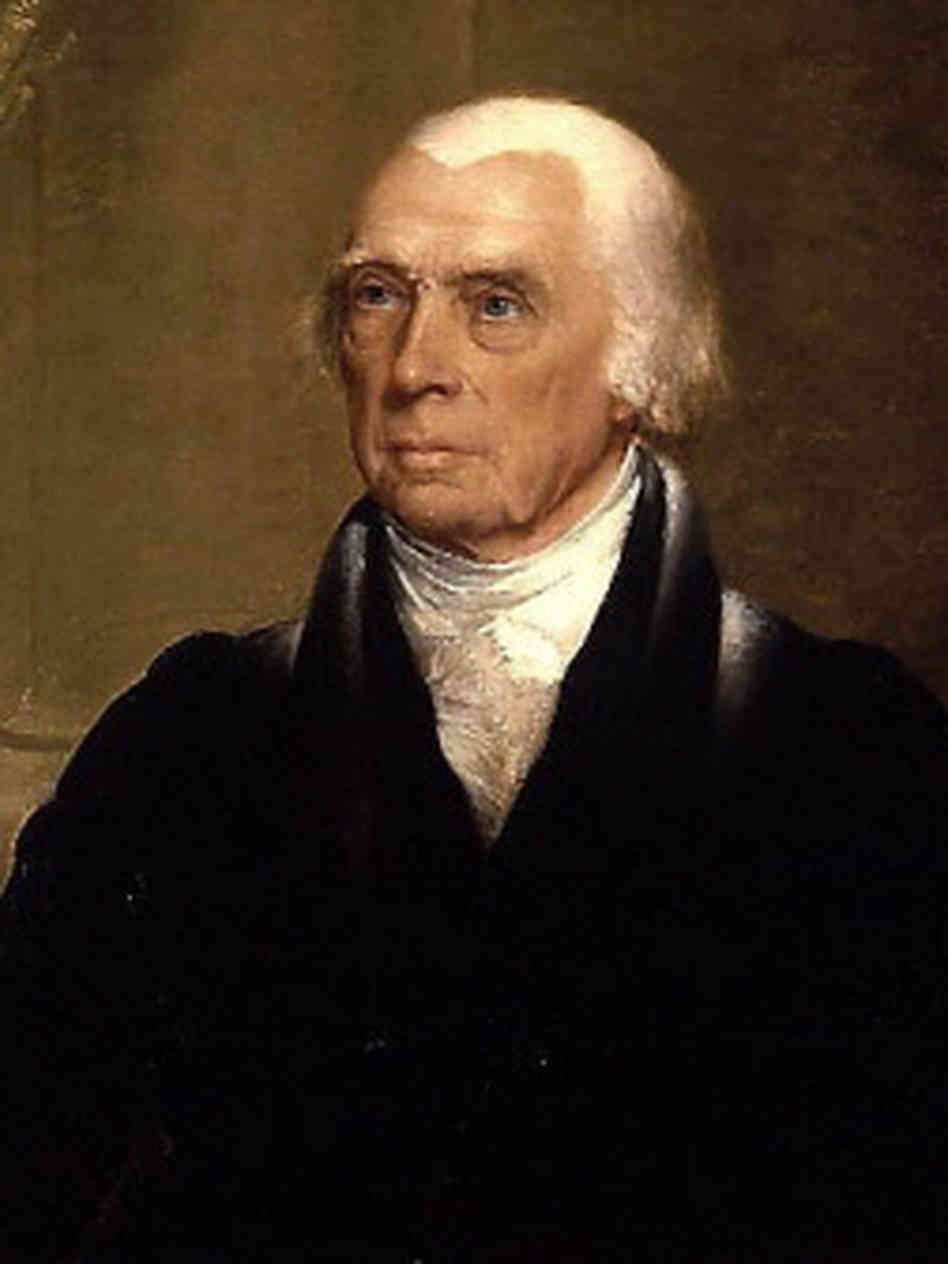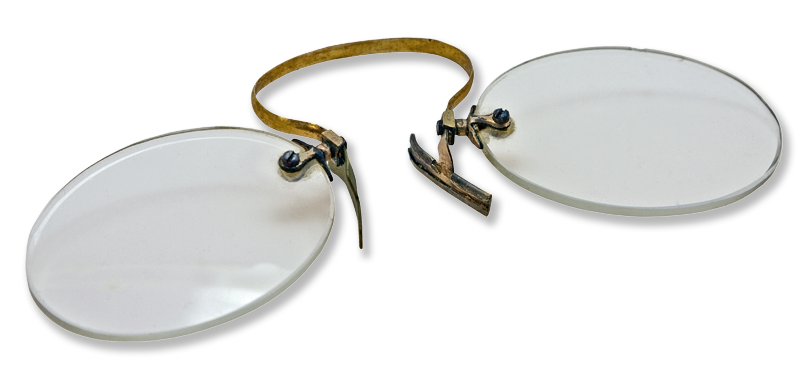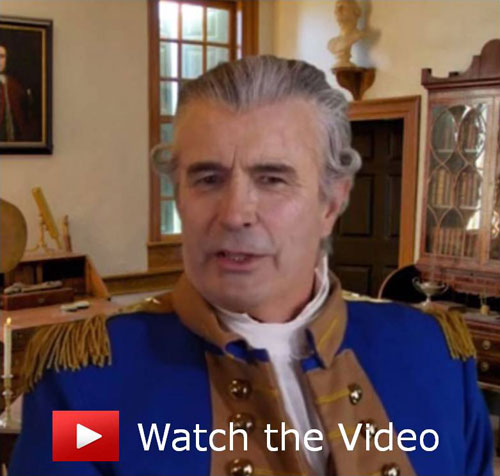
Portrait of James Madison (1751–1836) by Chester Harding in 1830
Baptized into the Anglican Church, James Madison was an ardent believer in religious liberty and separation of church and state. He carried this conviction into his roles as architect of the Constitution and Bill of Rights, and as the fourth President of the United States.
After graduating from what would become Princeton University in New Jersey and returning to Virginia, Madison witnessed growing tensions between his Anglican Church, which was the official church of Virginia, and the members of dissenting faiths such as Baptists, Presbyterians, and Methodists. When he learned that Baptist ministers had been thrown into jail for their preaching, he wrote:
That diabolical, hell-conceived principle of persecution rages among some; and to their eternal infamy, the clergy can furnish their quota of imps for such business. This vexes me the worst of anything whatever. There are at this time in the adjacent country not less than five or six well-meaning men in close jail for publishing their religious sentiments, which in the main are very orthodox. I have neither patience to hear, talk, or think of anything relative to this matter; for I have squabbled and scolded, abused and ridiculed, so long about it to little purpose, that I am without common patience. So I must beg you to pity me, and pray for liberty of conscience to all.
In July 1785, Madison wrote his famous, Memorial and Remonstrance Against Religious Assessments, which biographer Irving Brant described as “the most powerful defense of religious liberty ever written in America.” In it he puts forward the truly revolutionary idea that “freedom of conscience” is the centerpiece of all civil liberties. Madison takes the idea further in his work as principal author of both the U.S. Constitution and Bill of Rights. His first draft of the First Amendment of the Bill of Rights reads: “the civil rights of none shall be abridged on account of religious belief or worship…nor shall the full and equal rights of conscience be in any manner, or on any pretext, infringed….” A shorter version that has been law of the land since 1791; the First Amendment to the Constitution reads: “Congress shall make no law respecting an establishment of religion, or prohibiting the free exercise thereof.”

For more information about James Madison and his thoughts on religious liberty and the First Amendment, you can explore the following:
The Montpelier Foundation
https://www.montpelier.org/learn/religious-freedom
First Liberty
https://firstliberty.org/news/james-madison-mastermind-of-religious-freedom/
PBS Series: God in the White House
https://www.pbs.org/wgbh/americanexperience/features/godinamerica-white-house/

